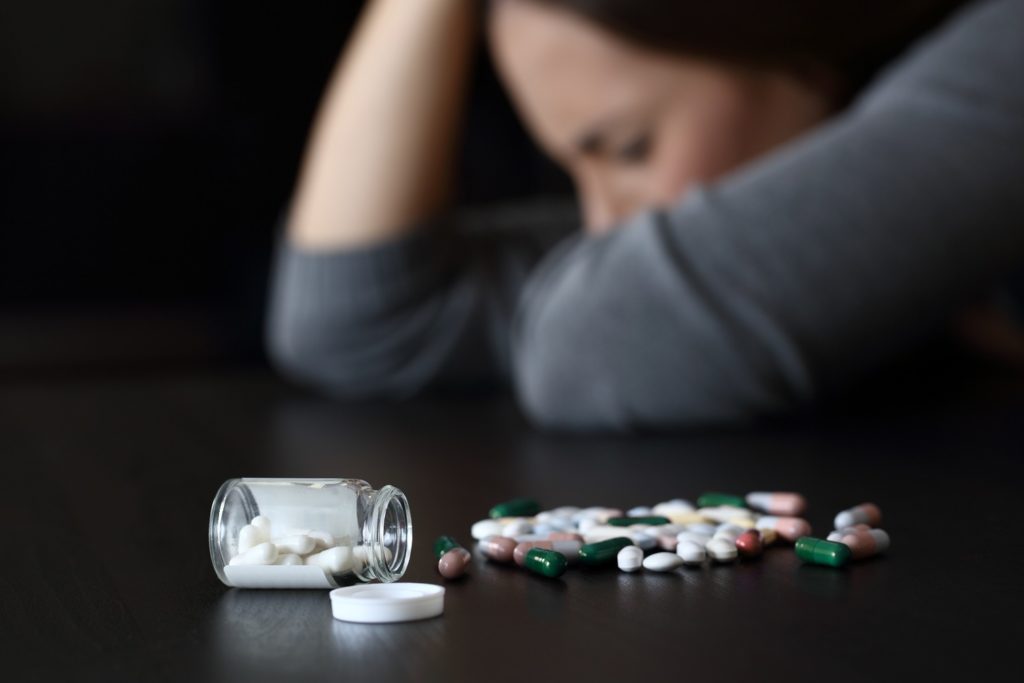The opioid crisis sweeping across the United States has claimed an alarmingly high number of lives. The death toll due to opioid overdoses has overtaken car crash fatality rates. Many years ago, opioids were prescribed abundantly to curb different kinds of acute pain inflicting patients. This has resulted in an opioid epidemic where the fine line between pain management and addiction has been breached. There have been recent steps to mitigate the crisis by limiting opioid use. Unfortunately, patients have been left to deal with the aftermath—unmanaged pain.
The Chronically Ill’s Need of Opioids
Dr. J. Fred Stoner, a certified pathologist and doctor dealing with chronic and acute pain management, expressed concern regarding this substandard treatment plan. In practice for many years, he has many patients who live with chronic pain. He shared that his patients often feel opioids are the key to returning to a normal life. Some of them can’t even do daily tasks like washing clothes, going to the supermarket, or cooking dinner when they have been remiss in taking their medication.
Dr. J. Fred Stoner said that taking these pain meds away from people who use it for the right reasons is a gross injustice. As physicians, he lamented that it is their responsibility to manage their clients’ pain.
The Physicians Duty to Find Balance
Many patients are clearly dependent on these opioid medications to perform daily ordinary tasks. However, does this dependence automatically mean they have an opioid addiction? The primary physician now has the difficult task of finding the delicate balance between opioid use and abuse. But one thing is certain, physicians cannot ignore the pain of their patients. That’s against the Hippocratic Oath they pledged when beginning their practice of medicine.
The Problem of Limiting Supply
Treating patients who have medical needs like drug addicts causes suffering in the long run because their chronic and recurrent medical condition are not taken seriously. According to AP News, insurance companies, law enforcers, and policy makers have responded by making it harder for patients to have access to this medicine, making them endure pain while being treated like criminals. The result is unhappy patients with reduced quality of life.
The Possible Solutions
Recently, as stated in CNN, they have begun offering naloxone, an opioid-reversing drug that transposes its effects with those of an opioid prescription, in order to save lives and reduce frequent overdosing in the ER. This however is a band aid solution because it does not address the addiction component which is the root of the problem. Stakeholders agreed that better procedures must be put in place such as: improved budgets for treatment, enforcement of laws into court-ordered rehab programs, and educational programs.
Doctors have also tried to address the crisis on their own by limiting and keeping track of the amount of opioids they prescribe. On top of that, they suggest other methods of pain treatment like using cold compress, heat packs, or herbal medication. Physical therapy is also another suggested method to manage pain. At times, they even push for non-addictive over the counter prescription meds to minimize exposure.
Dr. J. Fred Stoner shared that he has kept the number of opioid tablets he prescribes to a bare minimum. This ensures the pills’ consumption, reducing the chance for the extra tablets to get into the wrong hands. On top of that, he said that he provides pamphlets to his patients because information is vital when it comes to using such a habit-forming drug. Apart from that, he has a deep conversation with patients on the possible risks of using opioids. Laying all the cards on the table helps to make the patients more cautious about the heavy burden that comes with their painkiller of choice.


